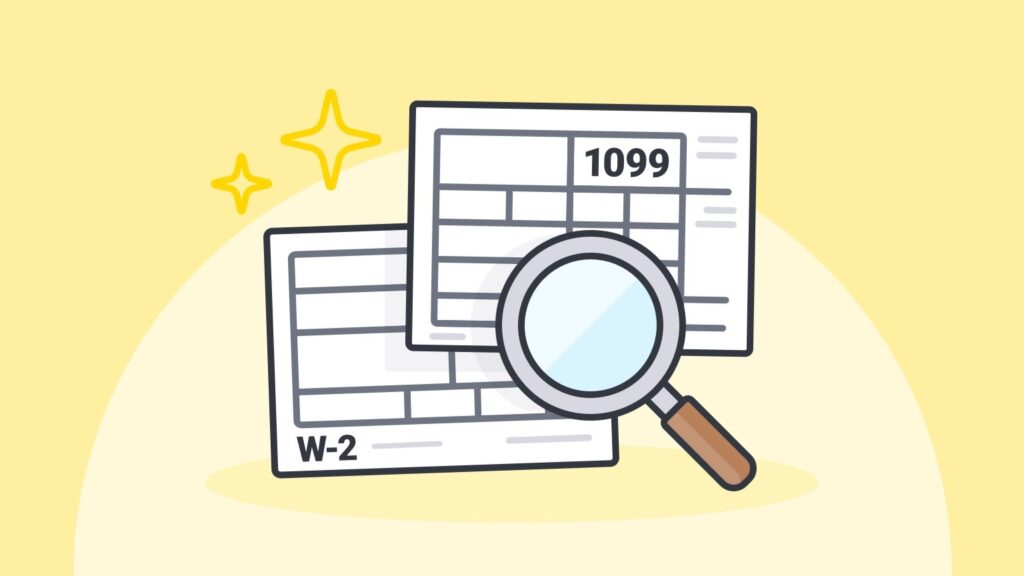If you’re earning 1099 income—whether it’s your primary source of income or a side hustle alongside your W-2 job—you have unique retirement planning opportunities that many people overlook.
As a financial planner who works with high-income millennials juggling multiple income streams, I’ve seen how strategic retirement planning with self-employment income can create tax advantages and potentially accelerate wealth building.
Let’s explore how you can leverage your 1099 income to supercharge your retirement savings.
The Hidden Opportunity in Self-Employment Income
When you receive 1099 income, you’re essentially operating as a business owner in the eyes of the IRS. This status opens doors to retirement plan options that go beyond the traditional 401(k) which has an employee contribution limit of $23,500 for 2025.
In fact, self-employed individuals can potentially contribute up to $70,000 annually to their retirement accounts—nearly triple what W-2 employees are limited to with their employer plans alone.
But which retirement plan is right for your situation? Let’s break down the two main options.
Option 1: SEP IRA — Simple and Powerful
The Simplified Employee Pension (SEP) IRA is exactly what its name suggests—a straightforward retirement plan that’s easy to establish and maintain.
How it Works:
- Available to self-employed individuals, small business owners, and their employees.
- You can contribute up to 25% of your net self-employment earnings, up to $70,000 for 2025
- Net self-employment earnings = Business income – Business expenses – Half of self-employment taxes
- Contributions are tax-deductible, reducing your current tax burden*
- Any earnings accumulate tax-deferred until retirement*
An Option For:
- Solo entrepreneurs with or without employees
- Those who want a simple setup with minimal administrative requirements
- Self-employed individuals with higher income levels who want to maximize contributions
Example: Sarah is a UX designer earning $120,000 at her day job and $50,000 through freelance work (1099 income). After business expenses and half of self-employment taxes, her net self-employment earnings are $43,000. She could contribute up to $8,600 (20% of $43,000) to a SEP IRA—on top of her regular 401(k) contributions at her full-time job.
Option 2: Solo 401(k) — Maximum Flexibility
The Solo 401(k)—also called an Individual 401(k) or Self-Employed 401(k)—offers more complexity but potentially higher contribution limits, especially at lower income levels.
How it Works:
- Available only to business owners with no employees (spouses excepted)
- Allows for both employer and employee contributions:
- Employee contribution: Up to $23,500 for 2025 ($30,500 if age 50+)
- Employer contribution: Up to 25% of net self-employment earnings
- Total maximum contribution: $70,000 for 2025 ($77,000 if age 50+)
Critical Note: If you already make employee contributions to a 401(k) through your W-2 job, your combined employee contributions across all plans cannot exceed $23,500. However, this doesn’t affect your ability to make employer contributions as a business owner.
Ideal For:
- Those with lower 1099 income who want to contribute more than 25% of earnings
- Individuals who want the option for Roth contributions (available in some Solo 401(k) plans)
- Roth contributions differ because they allow you to contribute after-tax dollars into the retirement plan. The benefit of using Roth is that any earnings accumulate tax deferred and can be withdrawn from your account tax-free if you keep the funds in your account for at least 5 years and withdraw after age 59.5**, whereas traditional (pre-tax) contributions and any accumulated earnings are taxable as ordinary income upon withdrawal.
- Those who might need access to their funds before retirement (loan options available)
Example: Michael earns $150,000 at his W-2 job and has a photography business that generates $80,000 in 1099 income. After expenses and adjustments, his net self-employment earnings are $65,000. At his W2 job he is contributing 10% of his salary ($15,000 annual) into his employer’s 401(k). With a Solo 401(k), he could contribute:
- $8,500 as an employee contribution (to get him up to the full $23,500 w/ his W2 job)
- $13,000 as an employer contribution (20% of $65,000)
SEP IRA vs. Solo 401(k): Making the Right Choice
While both plans offer tax advantages and higher contribution limits than standard IRAs, your specific situation will determine which is best for you.
Consider the SEP IRA if:
- You value simplicity and low administrative burden
- You want the easiest setup with minimal paperwork
- You don’t care about loan provisions
Consider the Solo 401(k) if:
- You have lower self-employment income but want to contribute more
- You might need loan provisions
- You’re okay with additional administrative work and cost
- There are set up and ongoing administrative costs associated with the Solo 401(k) that should be taken into consideration when making your decision.
The Bottom Line: Don’t Leave Money on the Table
If you’re earning 1099 income and not leveraging one of these retirement plans, you’re potentially missing out on tax savings and future growth potential.
For those with self-employment income, implementing the right retirement strategy can provide annual tax savings while accelerating their path towards financial independence.
Remember, setting up a retirement plan for your self-employment income isn’t just about tax savings today—it’s about building a secure and flexible financial future.
Ready to take the next step? Start by calculating your net self-employment income, determining your contribution capacity, and consulting with a financial planner who specializes in working with self-employed professionals to choose the right plan for your situation.

* 10% early withdrawal penalty may apply for withdrawals taken prior to age 59½ if no exceptions apply.
** Ordinary income tax and 10% early withdrawal penalty may apply to earnings withdrawn before the account has been open five years and the account owner has reached age 59/5. Exceptions may apply.
This information is for educational purposes only and should not be considered financial or tax advice. Please consult with qualified financial and tax professionals regarding your specific circumstances. All examples are hypothetical and are for illustrative purposes only.
CRN202710-8680331


